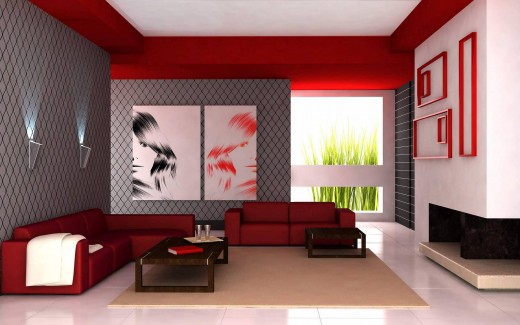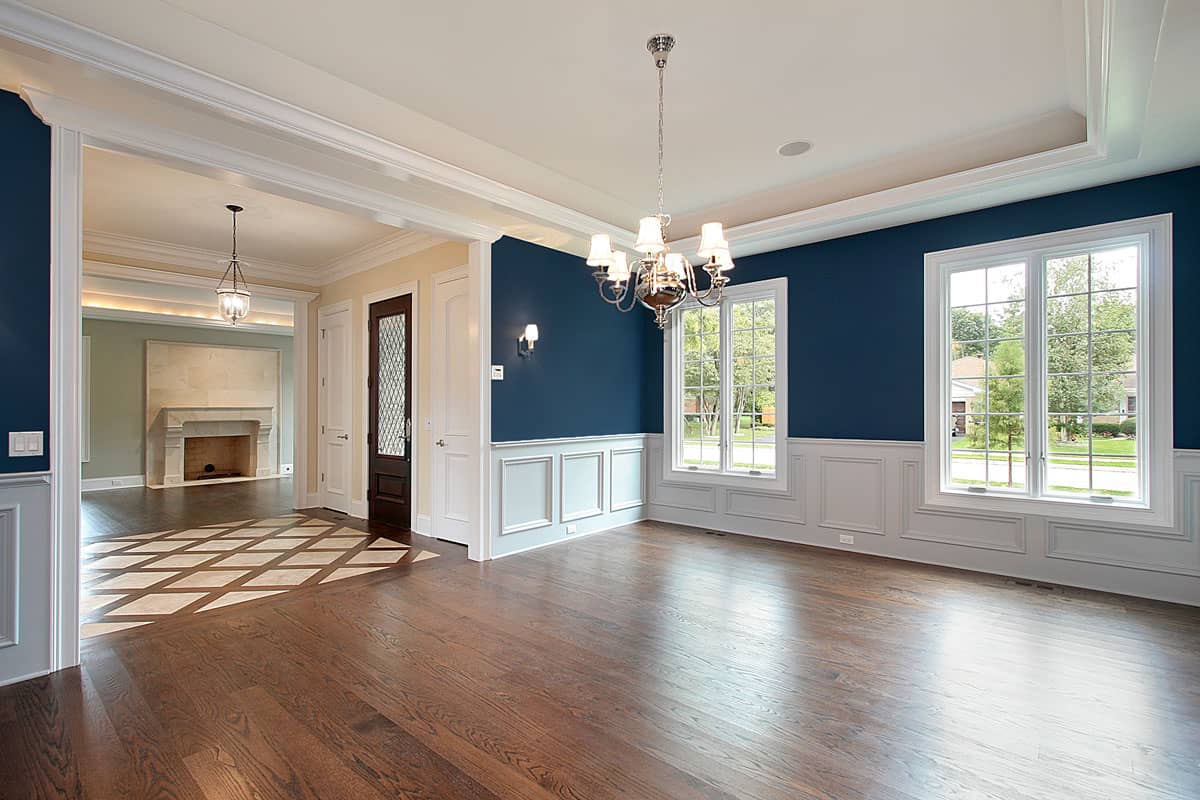Enhance Your Inside Design With Comprehensive Color Examination
The combination of color consultation right into interior design offers a distinct opportunity to improve and boost the aesthetic and emotional vibration of a space. By involving with a seasoned color expert, you can browse the complexities of color choice, guaranteeing that your choices not just complement building features yet likewise resonate with individual style and emotional impact.
Advantages of Shade Assessment

Moreover, shade consultation aids in making best use of all-natural light and optimizing spatial perception. Lighter shades can make a space show up more extensive, while darker tones produce an intimate setting. Cleveland Metro Painting Specialists. This tactical application of color can considerably affect the general atmosphere of any kind of interior space
Additionally, professional consultants possess a comprehensive understanding of classic standards and present patterns, making sure that the selected shades will certainly remain attractive with time. This insight can conserve clients from costly redesigns in the future. Finally, color consultation empowers customers by providing them with a clear vision and instructions, cultivating confidence in their design choices and inevitably causing a more satisfying and successful interior decoration end result.
Understanding Shade Psychology
The relevance of color psychology in interior layout can not be overstated, as it dives right into the psychological and emotional effects that numerous shades can stimulate in individuals. Shades can influence mood, behavior, and also productivity, making them a critical factor to consider in any style job.
For example, cozy colors such as red, orange, and yellow are usually connected with power and warmth. They can promote feelings of exhilaration and comfort, making them ideal for social spaces like living spaces or kitchens. Alternatively, awesome shades like blue, green, and purple have a tendency to stimulate peace and serenity, making them optimal for rooms or meditation areas.
In addition, the use of neutral tones can create a well balanced environment by enabling the bolder shades to stand out without overwhelming the senses. Recognizing these emotional impacts makes it possible for designers to develop rooms that not only look aesthetically pleasing however likewise advertise psychological health.
Including color psychology into interior decoration includes a thoughtful option of tones customized to the intended function of each space, ultimately boosting the overall experience for its residents. This understanding is vital for attaining a useful and harmonious interior environment.
The Color Wheel Discussed
Comprehending the connections between shades is crucial for effective interior decoration, and the shade wheel functions as an important tool in this process. The color wheel, developed by Isaac Newton in the 17th century, highlights the spectrum of shades set up in a circular format. It consists of key shades-- red, blue, and yellow-- that can not be produced by mixing other colors. Second shades, developed by integrating primary shades, consist of green, orange, and purple. Tertiary shades arise from mixing a primary and a second shade, causing shades such as turquoise and red-orange.
The color wheel assists developers realize the partnerships between colors, including corresponding, similar, and triadic plans. Complementary shades, positioned contrary each other on the wheel, create vivid contrasts that can invigorate an area.
Using the shade wheel in interior decoration not just boosts aesthetic appeal yet likewise stimulates particular feelings and ambiences, making it a vital reference for color appointment. Recognizing these connections inevitably empowers designers to develop rooms that are both visually fascinating and practical.
Picking the Right Palette
Typically, picking the right combination is a definitive variable in attaining an effective interior decoration job. An appropriate shade scheme can unify a space, enhance its functions, and evoke preferred feelings. To start, take into consideration the objective of the area. Various rooms offer diverse functions and require schemes that mirror their designated usage; for example, relaxing colors such as soft blues or eco-friendlies work well in bed rooms, advertising relaxation.
Following, consider the natural light available. Light can drastically alter exactly how shades appear, so it is vital to assess the area at various times of the day. Furthermore, consider existing architectural elements and home furnishings. An unified palette best site needs to match these features, developing a cohesive look throughout the area.
When choosing colors, utilize the 60-30-10 regulation, which recommends that 60% of the area should be a dominant shade, 30% an additional shade, and 10% an accent color. This proportion ensures equilibrium and visual rate of interest (Cleveland Metro Painting Specialists). Finally, sample shades on the walls before devoting, as this allows you to see just how the hues engage with each other and the overall setting they create in your interior decoration project.
Collaborating With a Color Specialist

When dealing with a color professional, the process normally starts with a preliminary examination. During this meeting, you'll discuss your vision, choices, and the existing elements in your room. The professional will certainly examine your requirements and may suggest particular color schemes that line up with your objectives.
After establishing a direction, the professional will provide samples and aesthetic help to assist you visualize the proposed color design. This step is vital, as colors can appear differently under varying lights problems.
Furthermore, a shade consultant can guide you in picking complementary home furnishings, art work, and accessories to integrate with your selected palette. By working together carefully, you can achieve a polished aesthetic that boosts your interiors and creates a welcoming atmosphere. Inevitably, the expertise of a shade specialist can significantly improve the total effect of your design job.
Conclusion
In recap, extensive shade assessment works as an important device for enhancing indoor design. By leveraging professional knowledge of color psychology dig this and spatial characteristics, a tailored shade scheme can be established to stimulate specific feelings and create a harmonious setting. This strategic technique not only promotes a natural layout narrative yet also alleviates the threat of costly redesigns. Eventually, involving with a color specialist ensures an informed and visually pleasing end result, elevating the overall experience of the area.
By engaging with an experienced shade professional, you can browse the intricacies of shade option, ensuring that your choices not only enhance building functions however likewise reverberate with personal style and mental impact. It consists of main colors-- red, blue, and yellow-- that can not be produced by mixing other colors.The shade wheel aids designers comprehend the partnerships in between colors, including complementary, analogous, and triadic schemes.When picking colors, utilize the 60-30-10 guideline, which recommends that 60% of the room must be a leading color, 30% a second color, and 10% an accent color. By leveraging expert knowledge of shade psychology and spatial characteristics, a tailored color palette can be established to stimulate details feelings and create a harmonious setting.